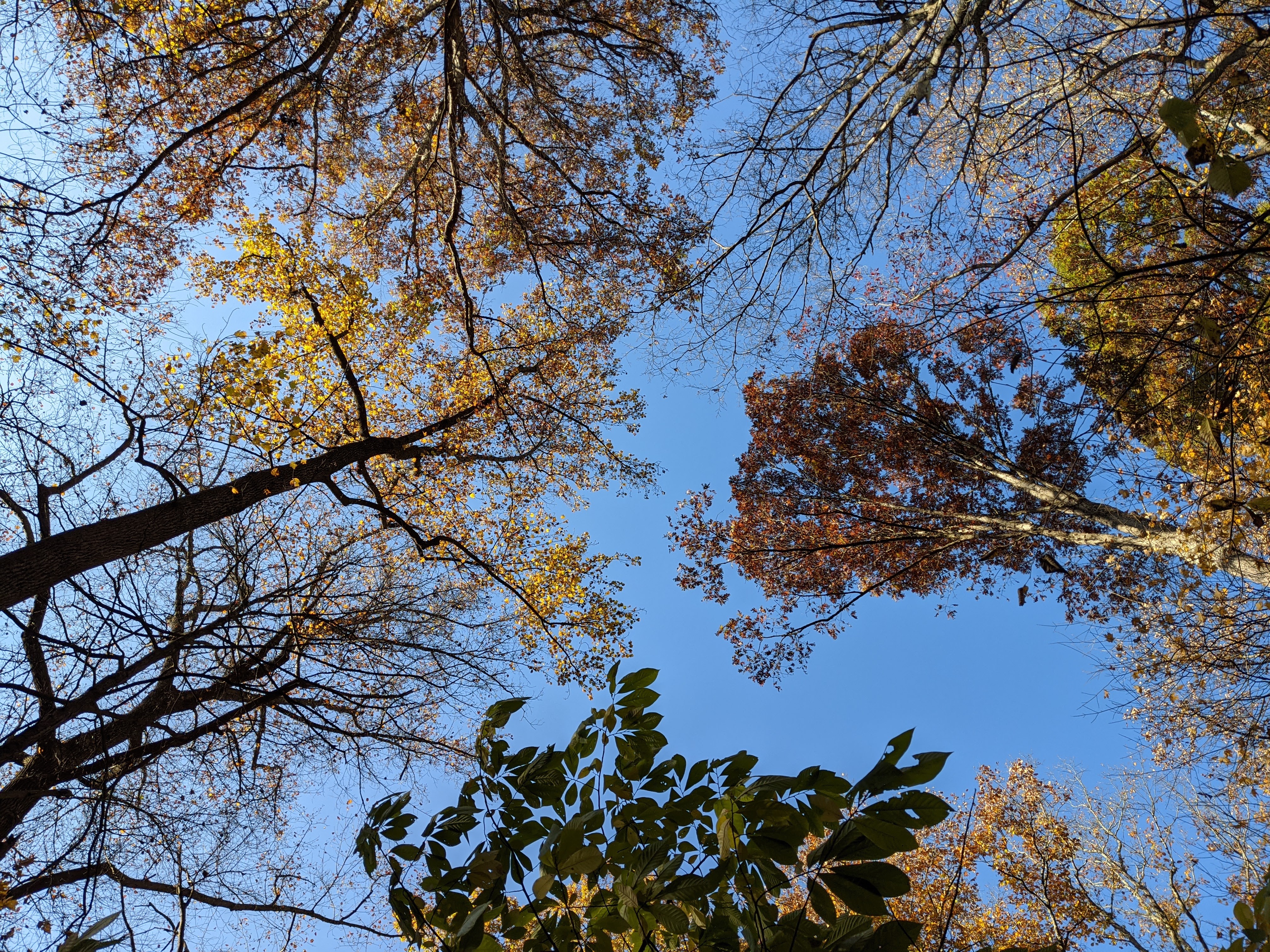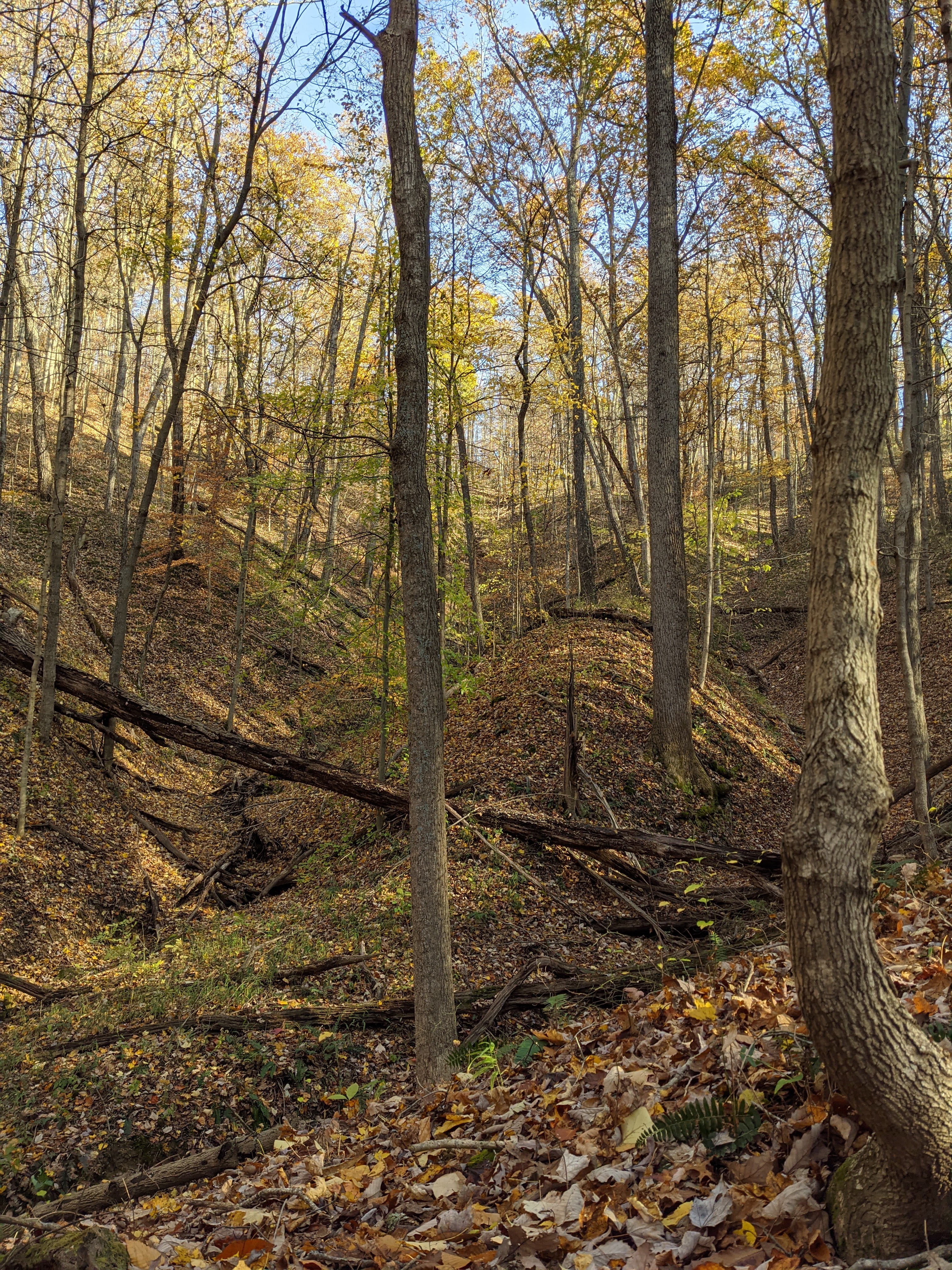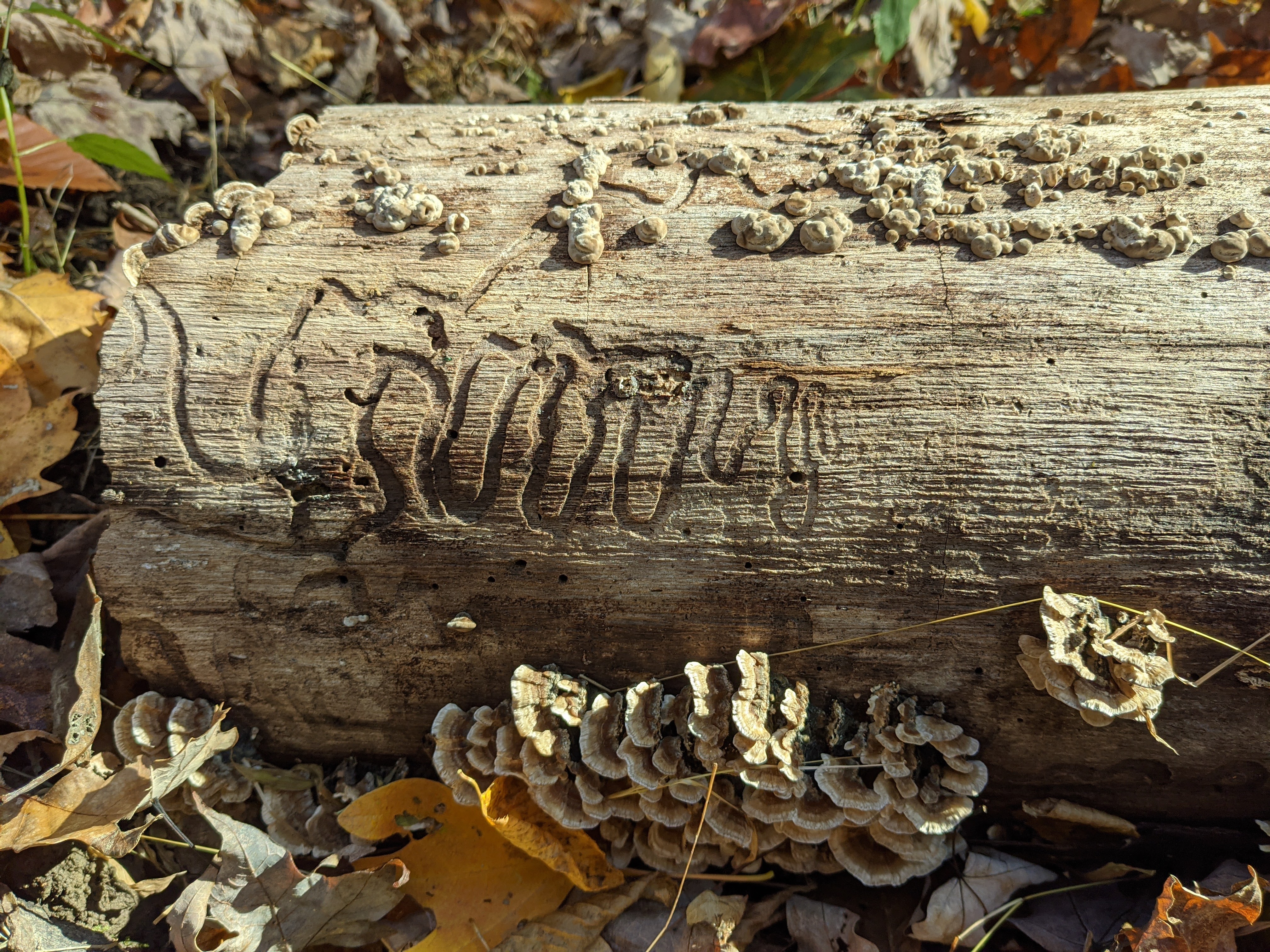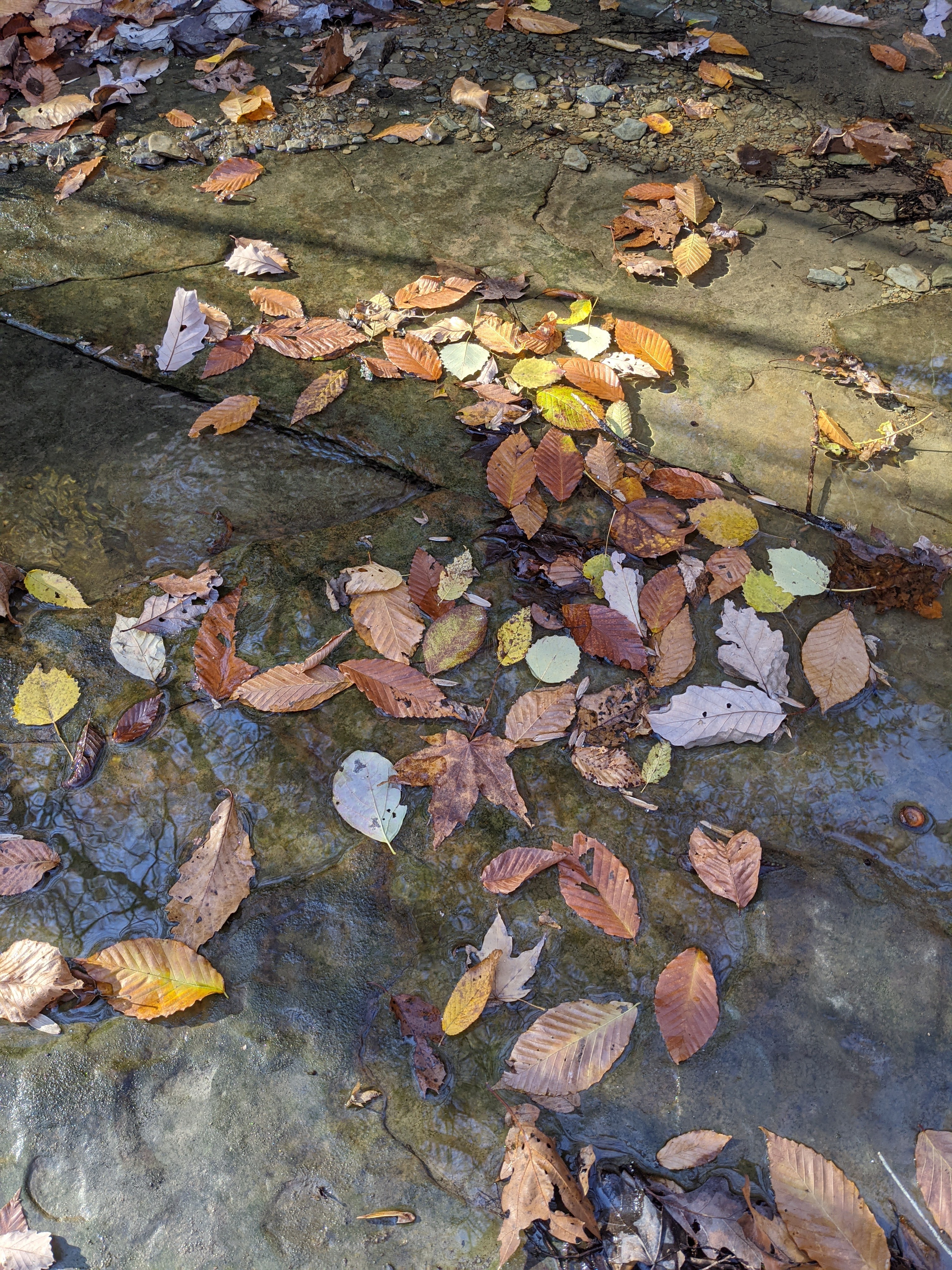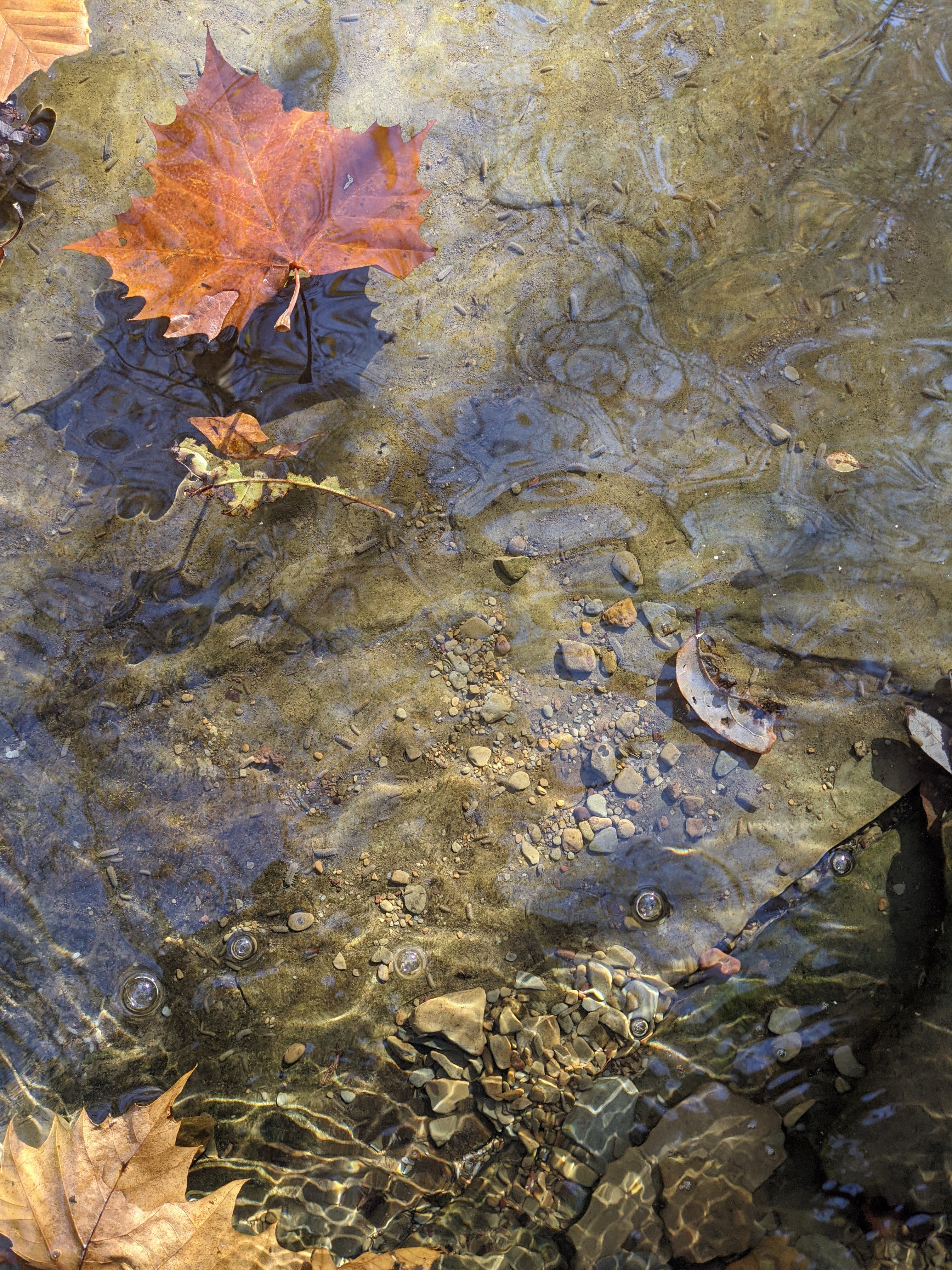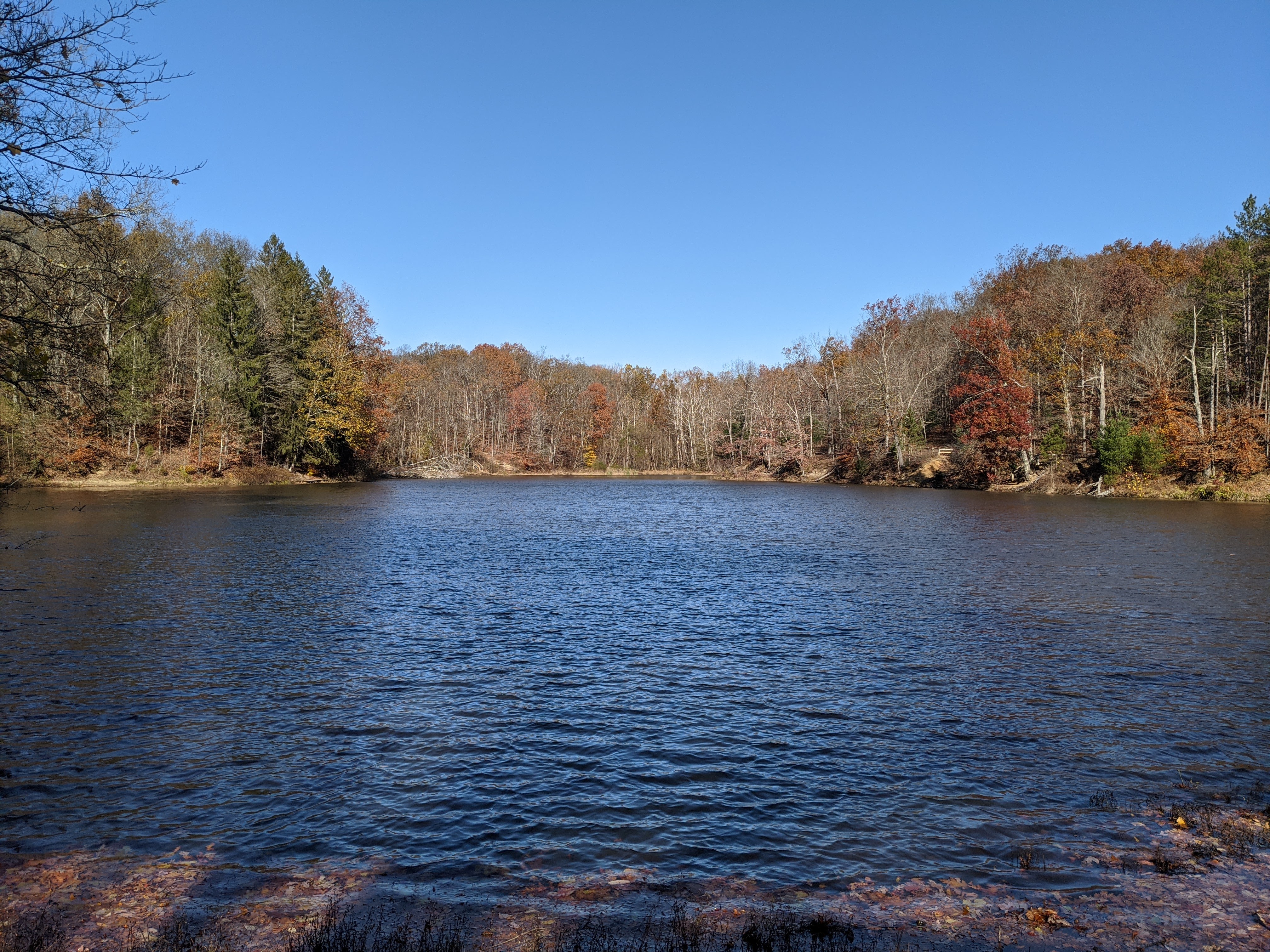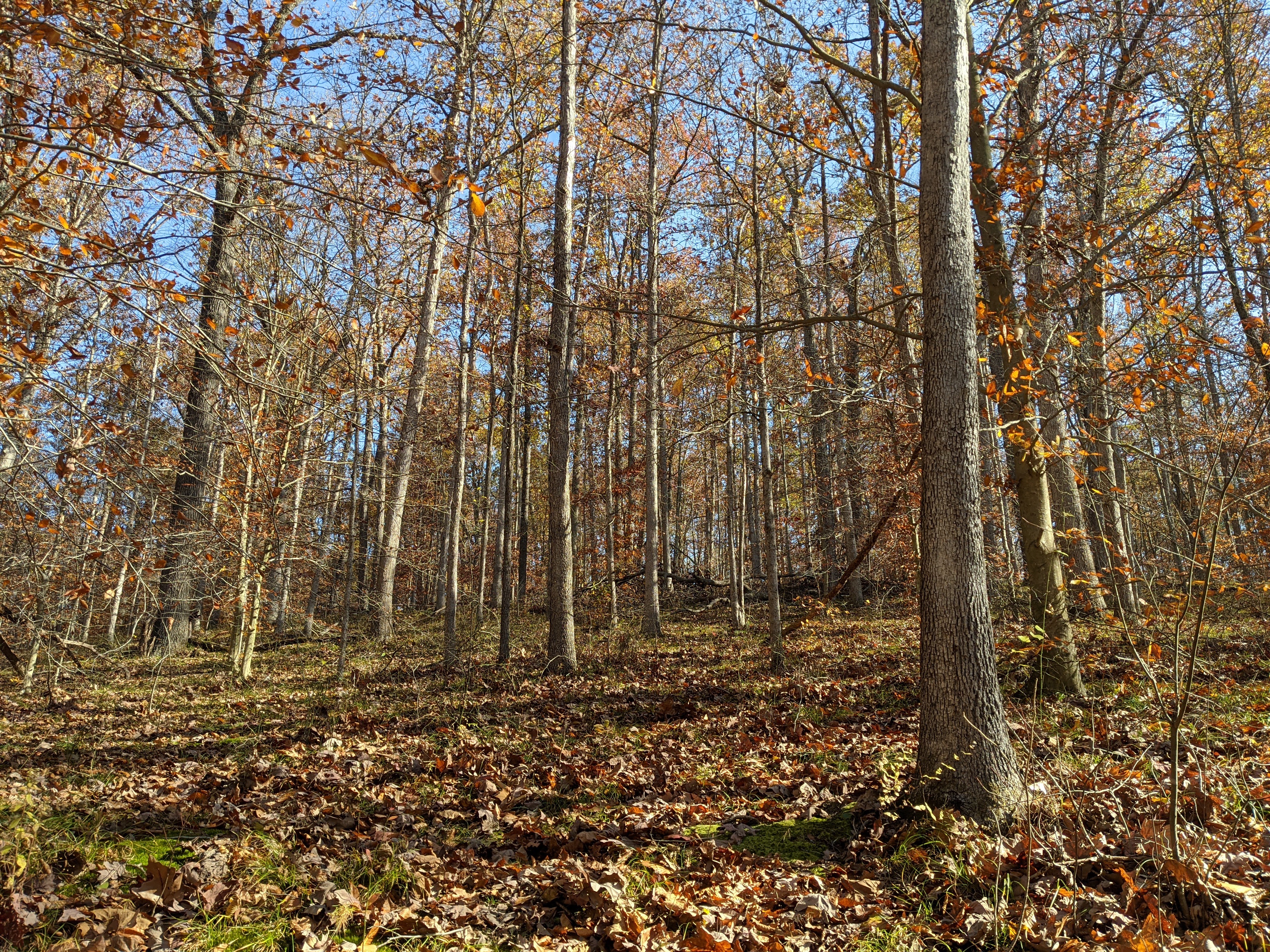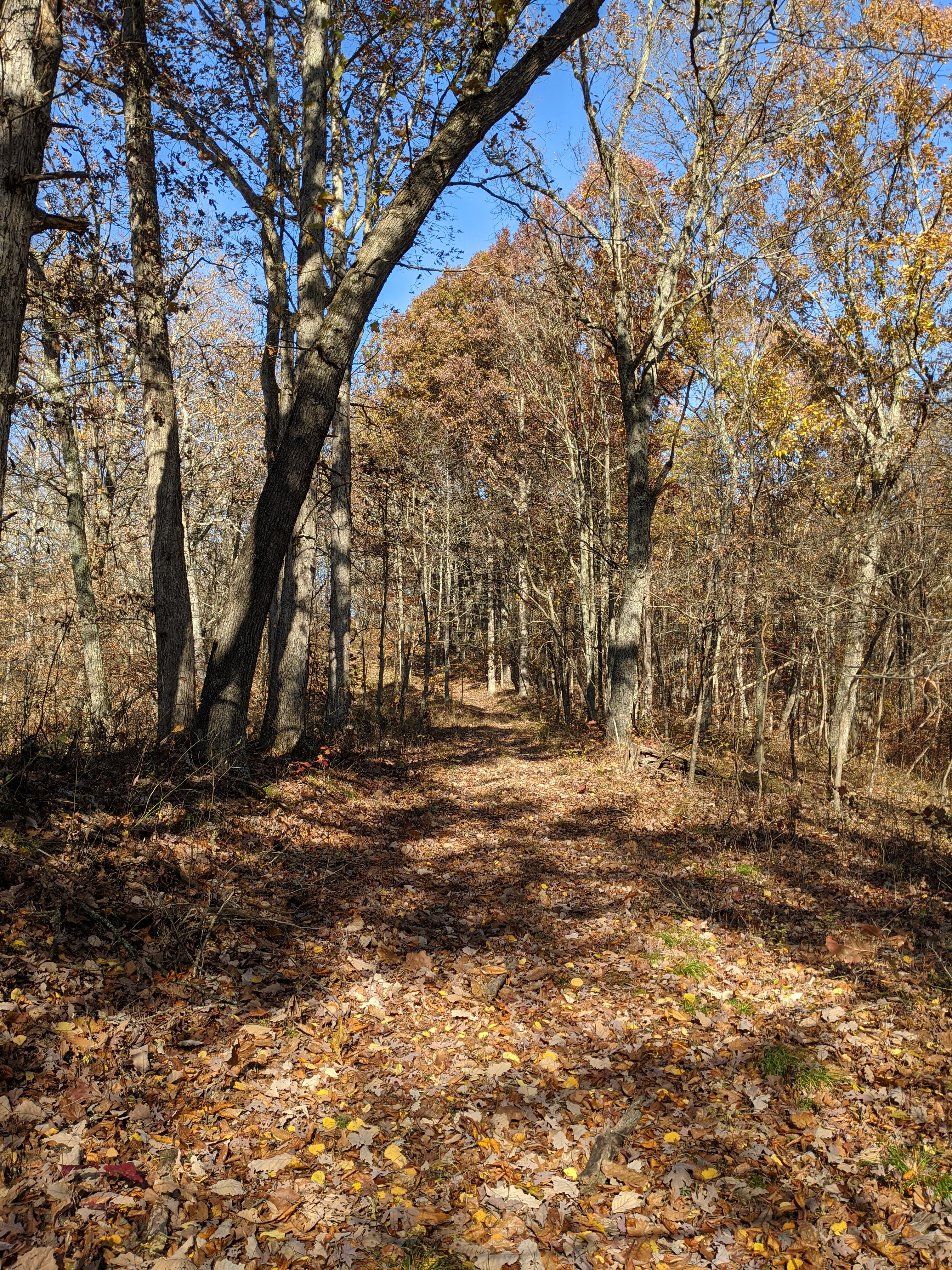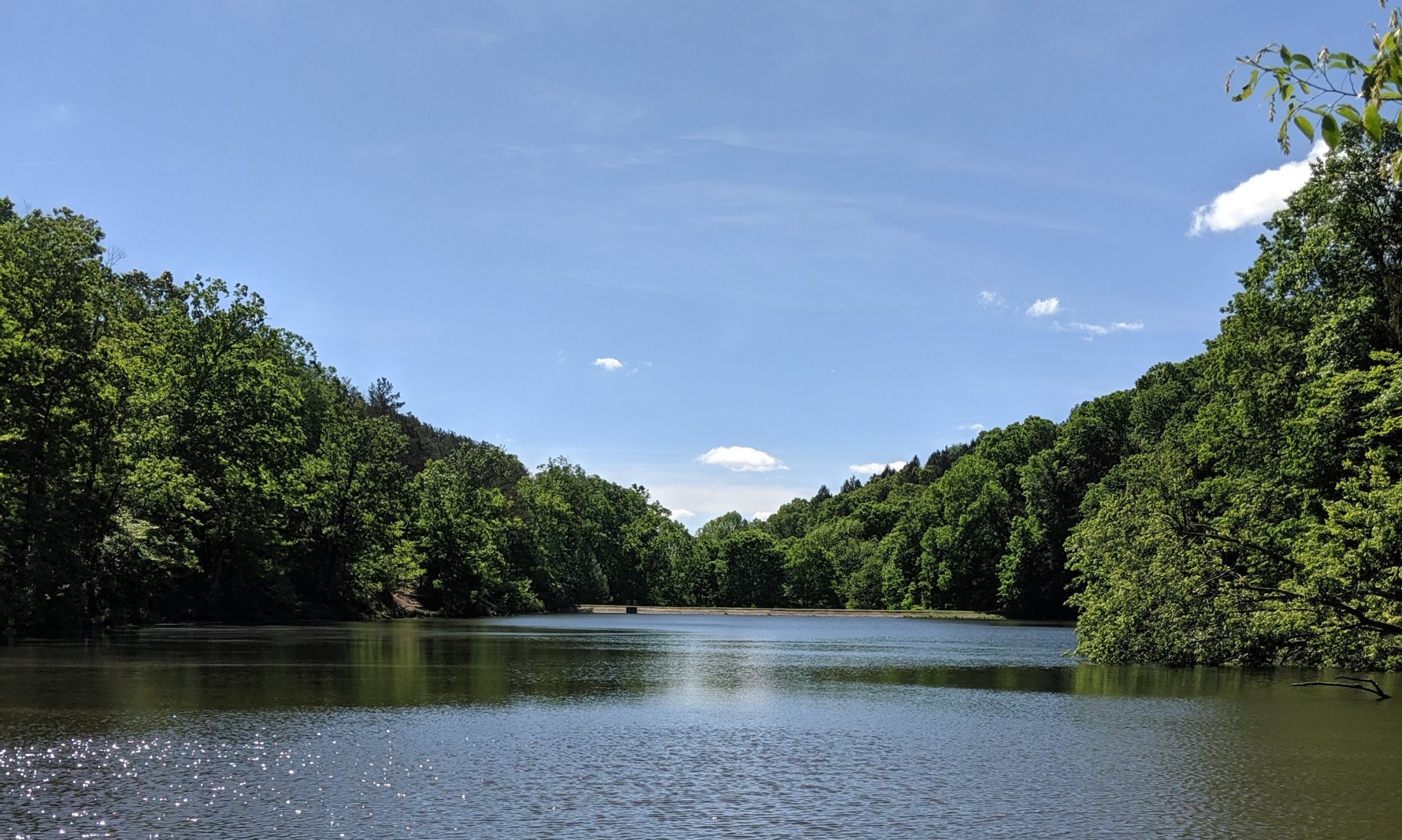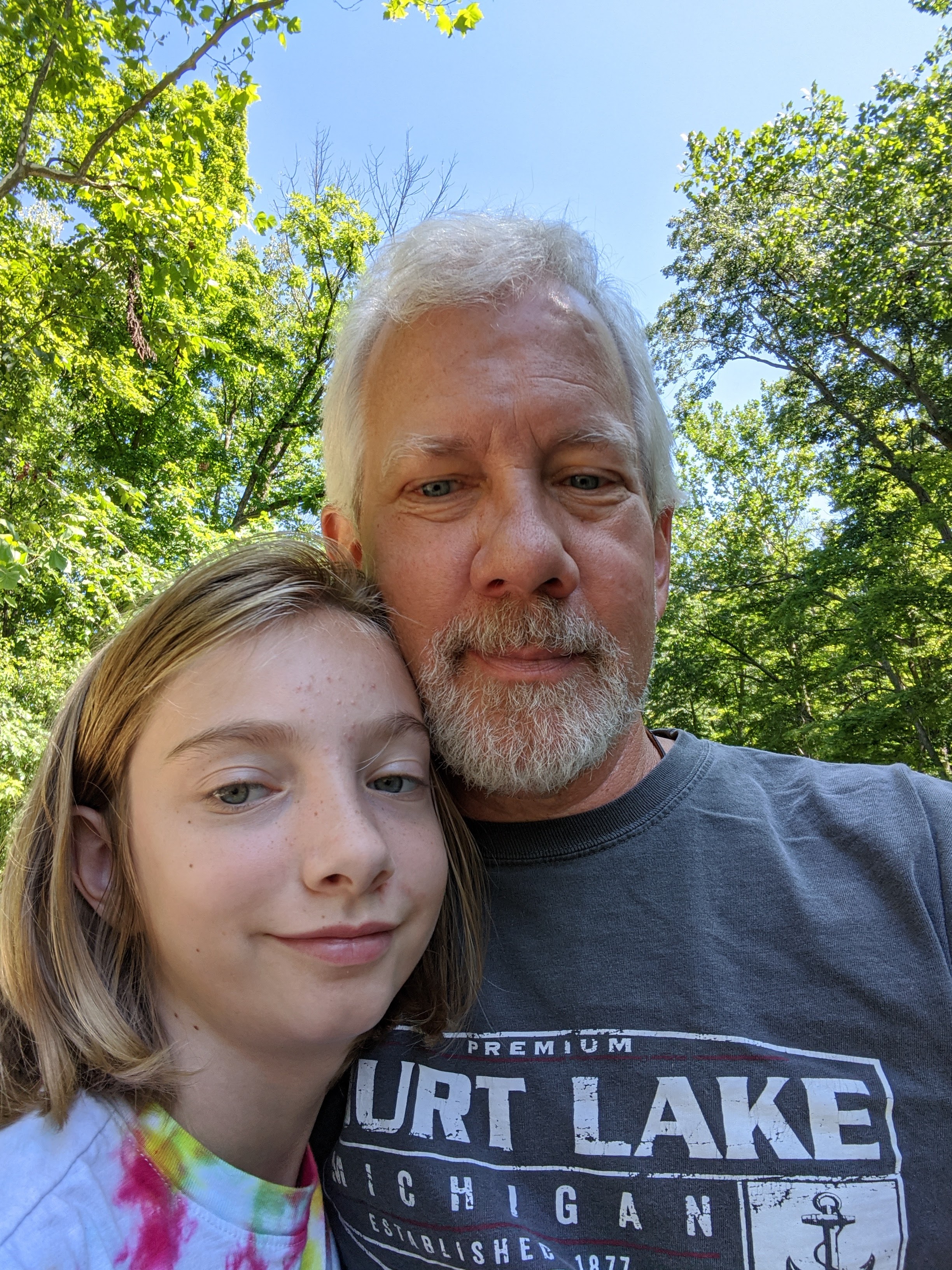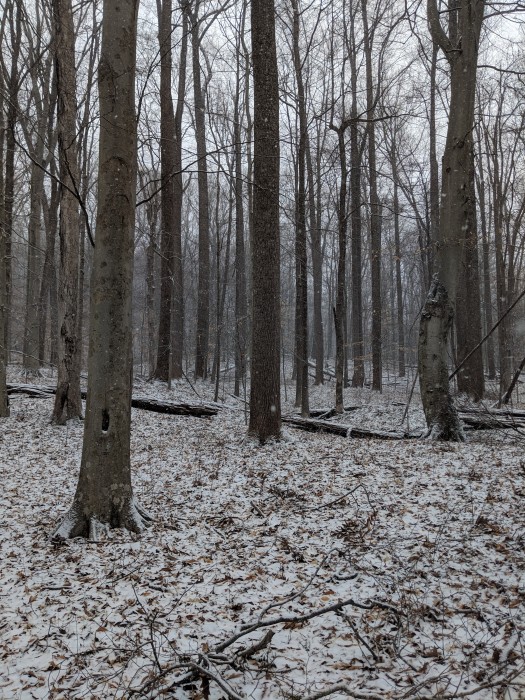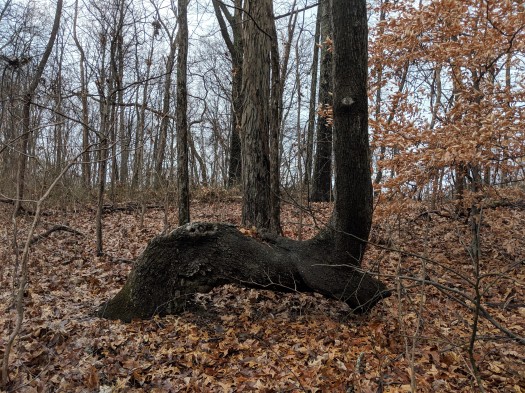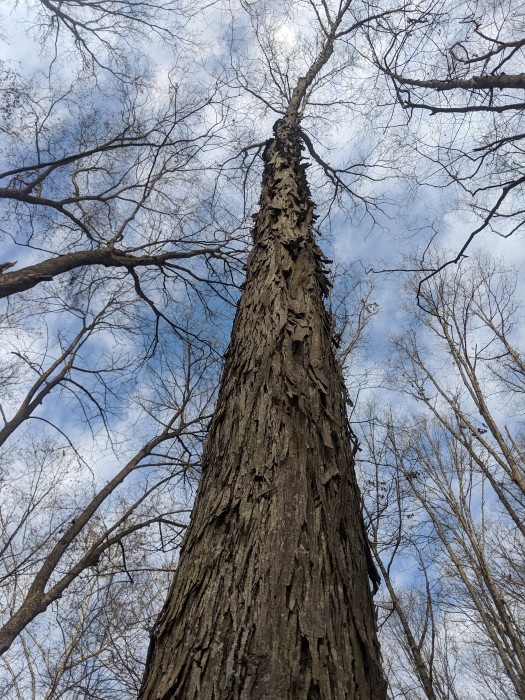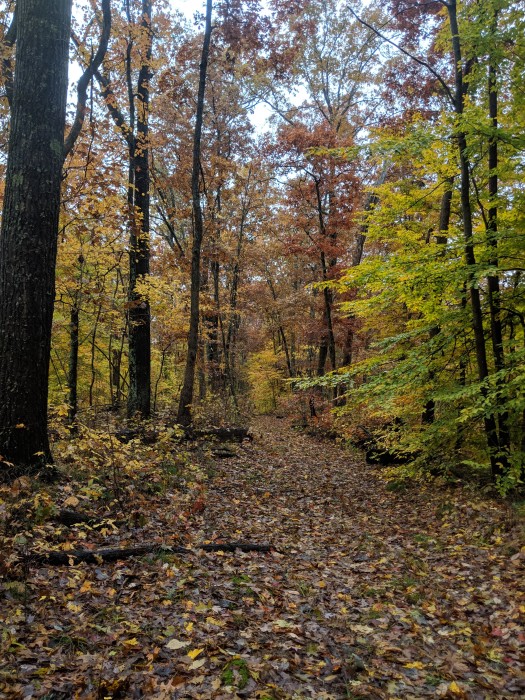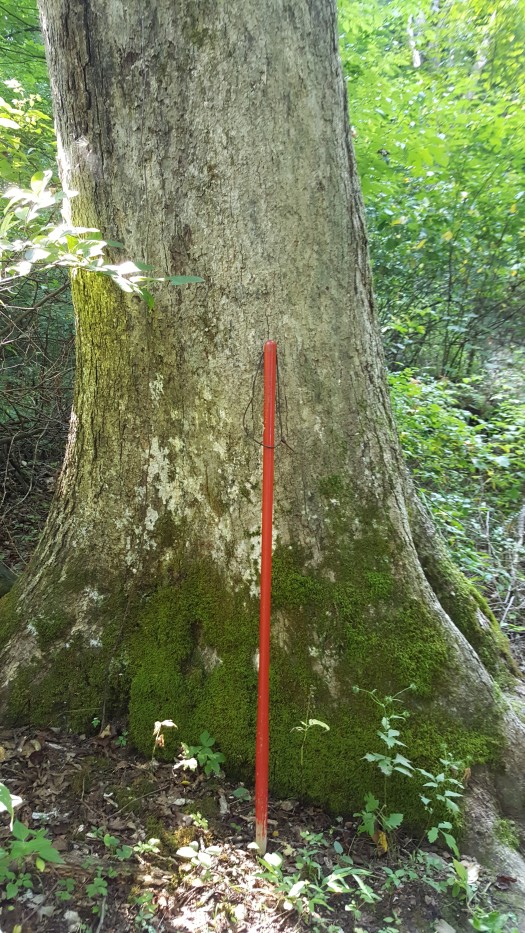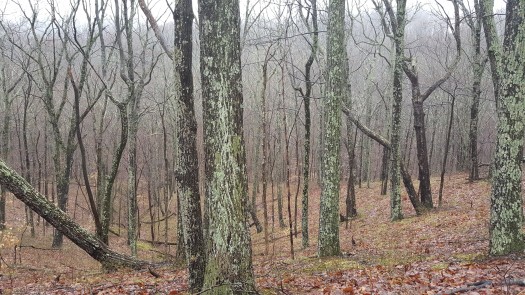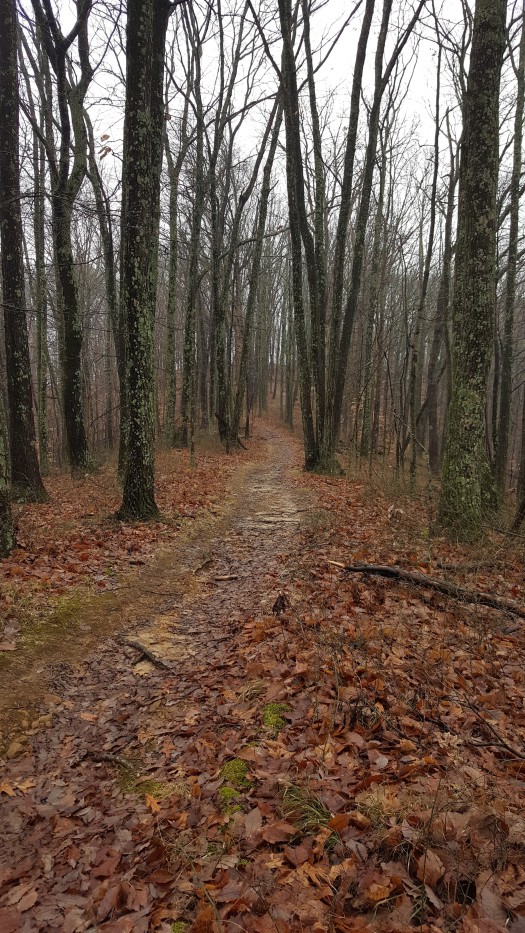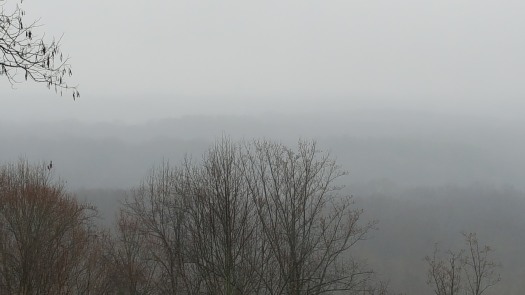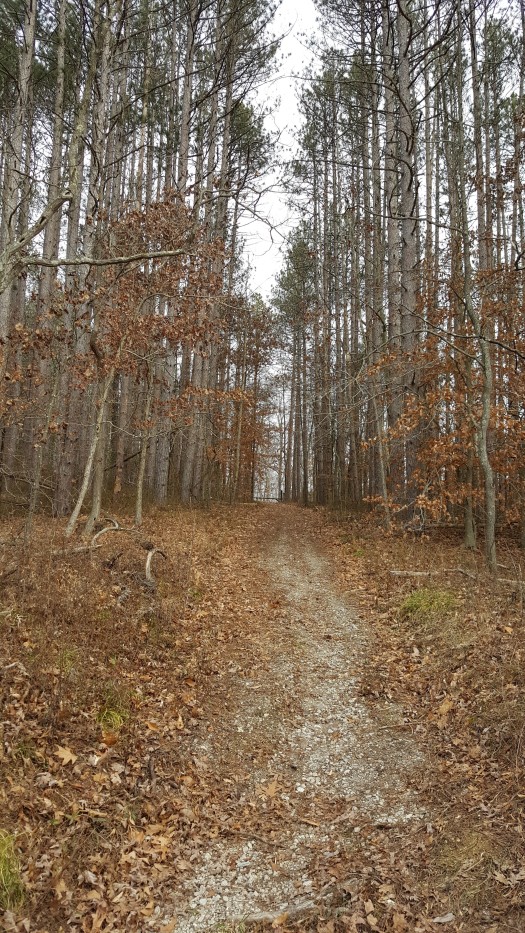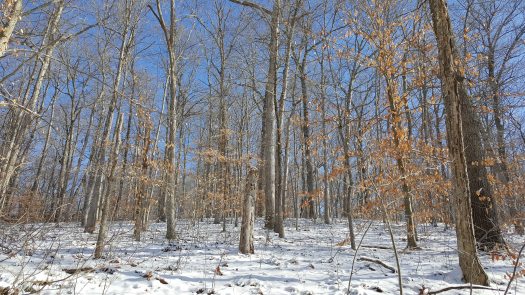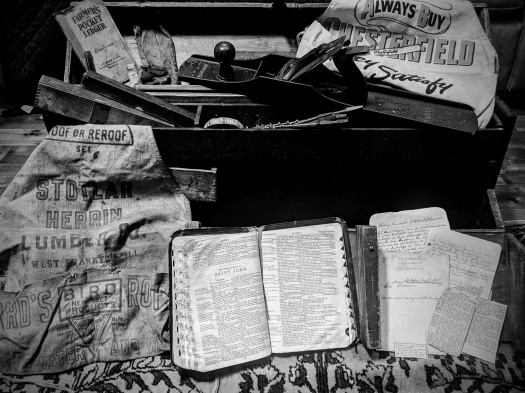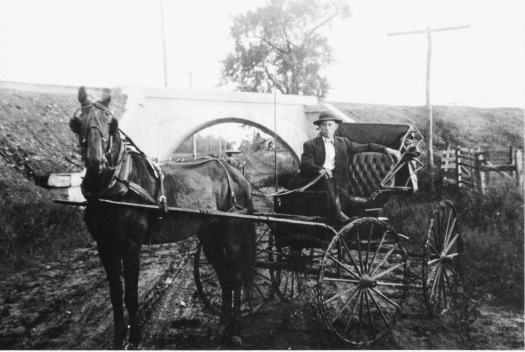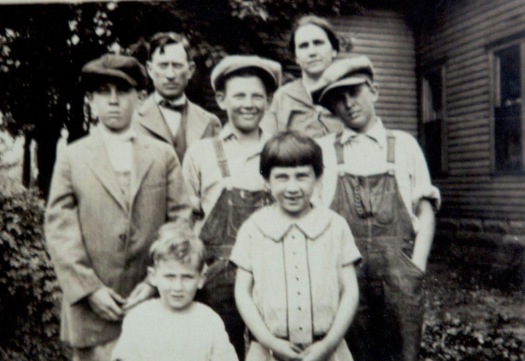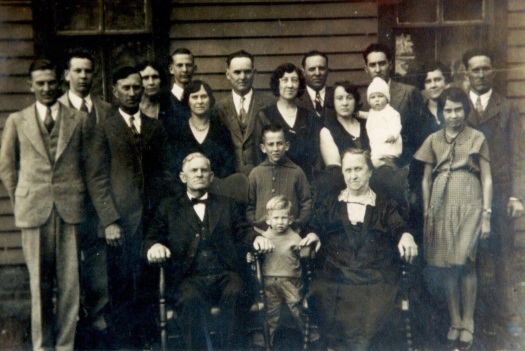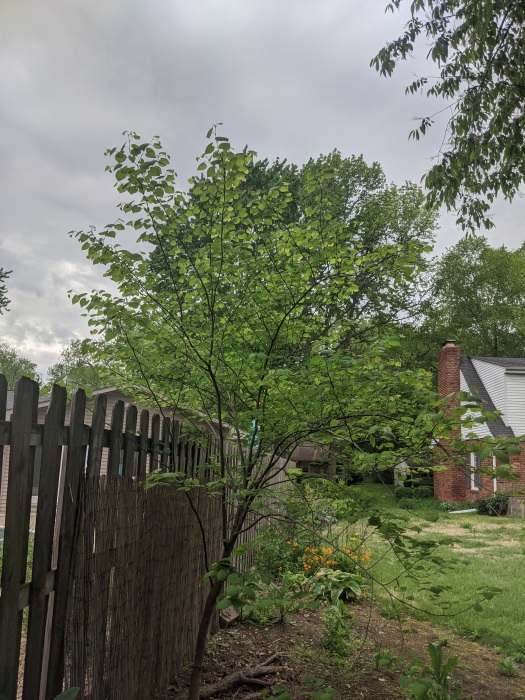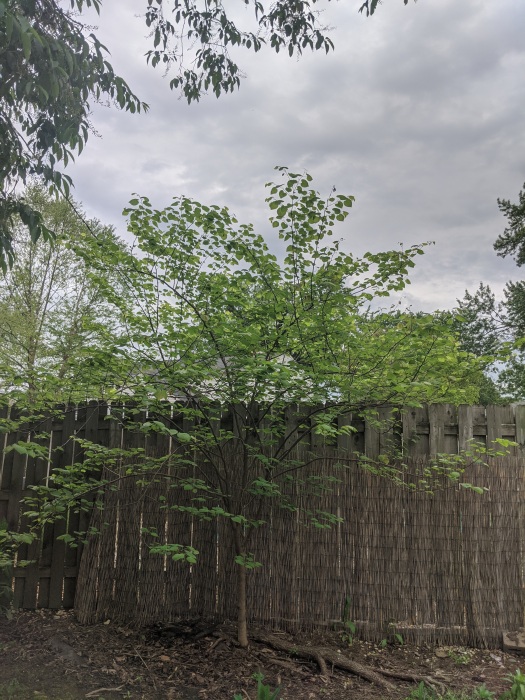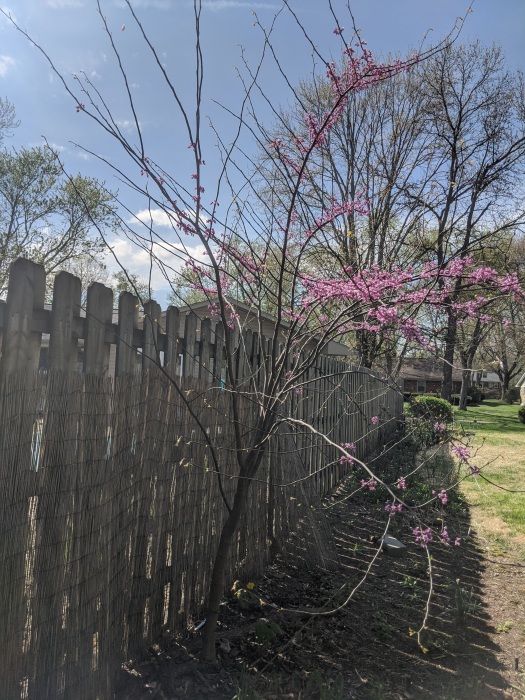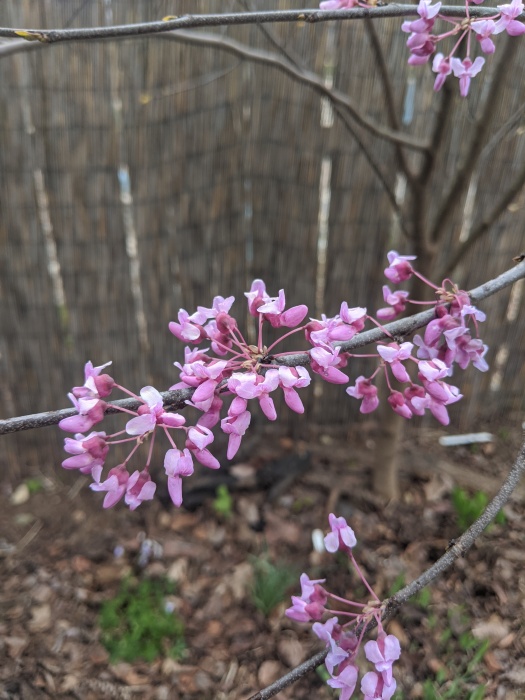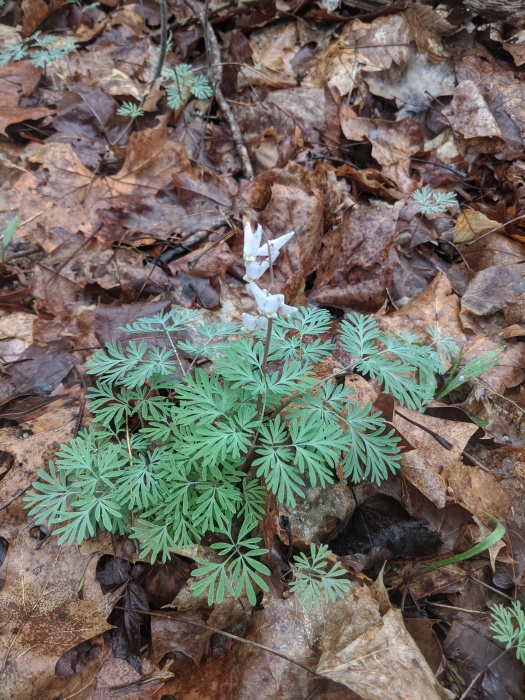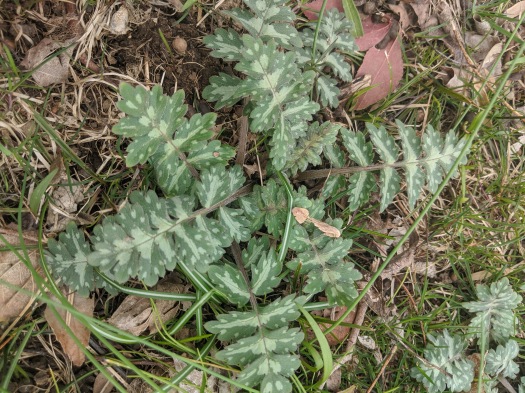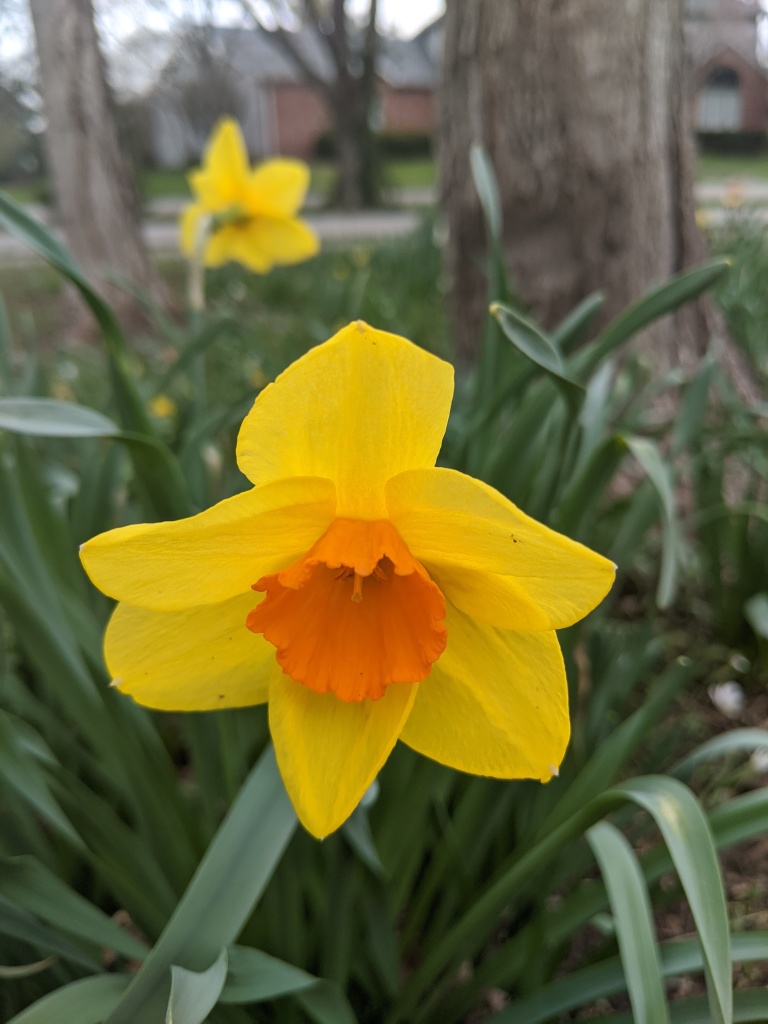7 “But ask the animals, and they will teach you,
or the birds in the sky, and they will tell you;
8 or speak to the earth, and it will teach you,
or let the fish in the sea inform you.
9 Which of all these does not know
that the hand of the Lord has done this?
10 In his hand is the life of every creature
and the breath of all mankind.
Job 12:7-10
When Henry David Thoreau was on his deathbed, his family sent for a minister. In his final moments, as the story goes, Thoreau was asked if he had made his peace with God, to which he responded, “I didn’t know we had ever quarreled.” I too have no quarrel with God. In fact, we have always gotten along rather well.
I grew up with the expectation that Sundays required regular church attendance. It was just something you did—no questions asked. It was like a cup of coffee in the morning, bacon with your eggs, and jelly on your toast. A hangover after a night of drinking and carousing with friends didn’t get you a pass. I might have looked like death warmed over and the threat of getting sick at the communion rail was a real possibility, but I still went to church. I remember one Sunday being severely admonished for having failed to shave prior to church. A suit and tie and careful grooming were expected.
For many years I kept up the Sunday morning routine, but I always had this nagging question in my mind: Why? What was I getting out of church (organized religion) other than fulfilling some sort of hereditary expectation? What was a “pious” son supposed to do? I began some serious soul-searching a few years ago as I began walking into the woods on Sunday mornings more often than I walked through church doors. I wasn’t really surprised at this restructuring of my priorities—it had been a long time coming. The changes in my routine brought on by the coronavirus pandemic provided even more opportunity for self-reflection.
I’ve always been a bit of a spiritual loner—my faith is a personal matter and not bound up in the dogma of ecclesiastical expectations. I find no spiritual dogma in the woods; how I interpret my experience is between God and me. I move through the woods with a reverence and awe unlike any I have felt sitting in a church pew. I often pause during my walks, sit down on the earth with my back against a tree, sip on a coffee, and watch the sunrise: a spiritual experience unlike anything I’ve had in a church.
This past spring, I spent Easter Sunday in the woods instead of attending services. The coronavirus had put a stop to in-person worship at the church I attended, and I refused to attend services via Zoom. I find video connections deeply impersonal and an affront to my senses. It was also not lost on me that it was probably the first time in sixty years that I had not been in a pew on Easter Sunday. It really wasn’t that hard to do. Any feelings of guilt I had quickly dissipated when I walked into the woods. Fast forward and I still haven’t been back to church, Zoom or otherwise. But I have had some quality time in the woods.
When I am in the woods, I experience a burst of spirituality that escapes me in church, no matter how many times I have knelt at the railing or listened to a sermon. My sermon awaits me in the trees, amidst the flutter of leaves, the song of the birds, and the chatter of the squirrels. My communion is with nature and not with man. My congregation flies through the air, crawls on the ground, and rustles in the wind.
I won’t criticize or in any way diminish those who find their spiritual fulfillment under a roof—it’s just not part of my journey. There are those who will say I have turned my back on the faith of my fathers. Or, perhaps, I have turned to pantheism or even paganism? I say, “Why not?” Why not expand my perspective, stretch my psyche? If I had chosen not to go on this journey, I would have, through my own willful ignorance, closed my mind to a treasure chest full of spiritual gems. I will never stop kicking the stone down this personal path.
My Lord has always been outdoors, away from the neon. Knowing He awaits entices me to keep exploring. I will always be searching for what lies over the next hill, down a wooded ravine, or along a woodland stream, knowing it will touch my spirit. It might be the flower that blooms one day and is gone the next, or the maple sapling that finds its birth in a sunny clearing left by another tree’s death. It might be the spring peeper that sings its heart out in search of a mate; or the whirligig beetle skating on a woodland pond, a coyote’s tracks in the snow, wandering off into the forest, or the chit-chat of a chipmunk, heard but not seen. It is what I saw yesterday and what I might see tomorrow. It is the belief that, if I treat each new day as an opportunity to see and feel His presence in nature, I will not be disappointed. My resurrection awaits.
Religious conscience of mankind is not rigid, it is changing all the time, becoming purer and clearer. -Leo Tolstoy
